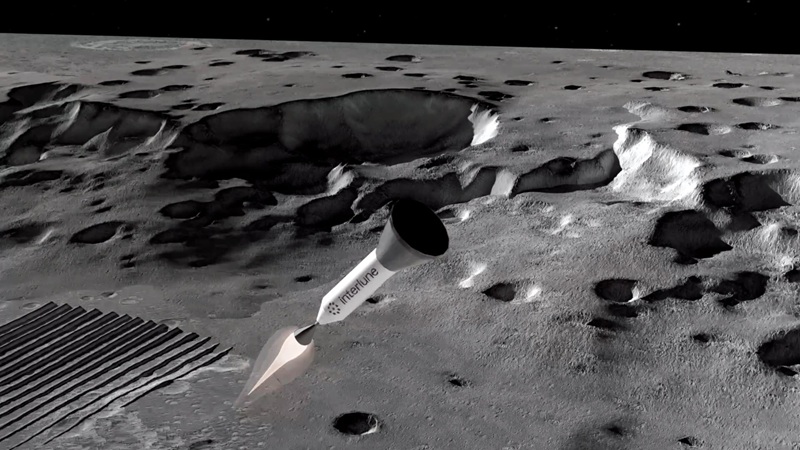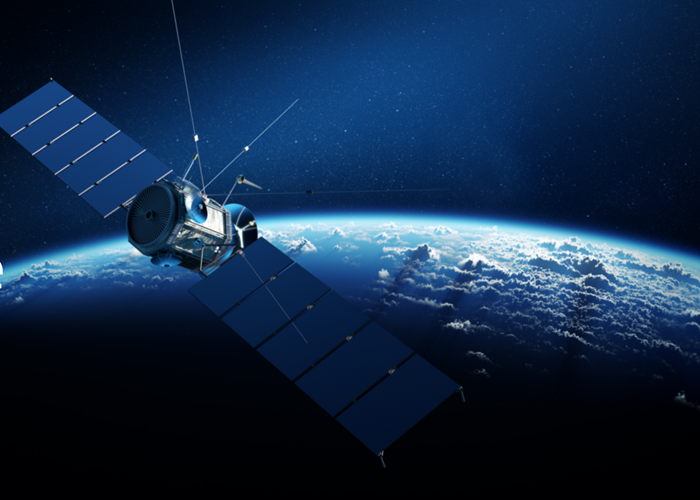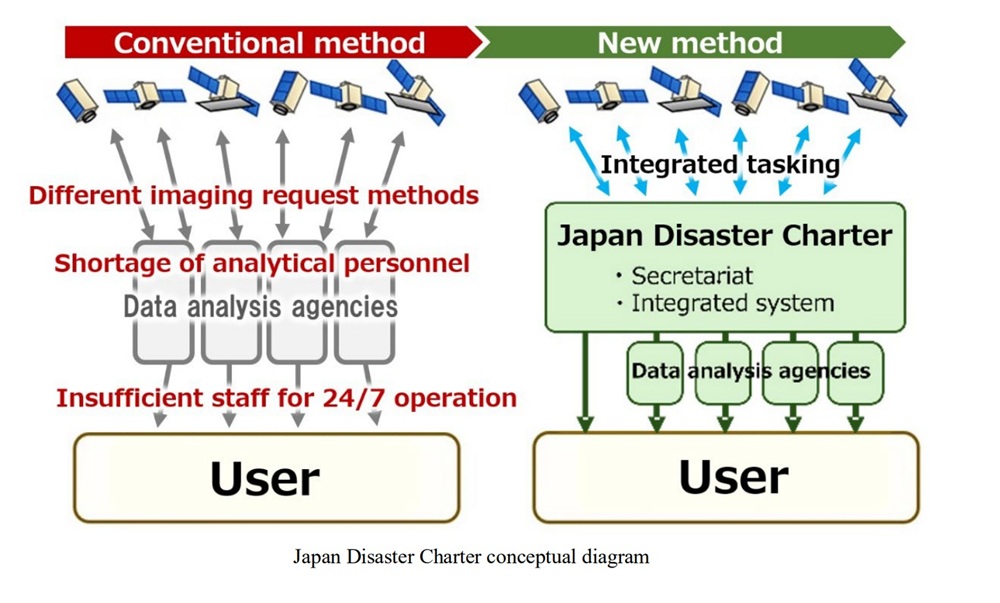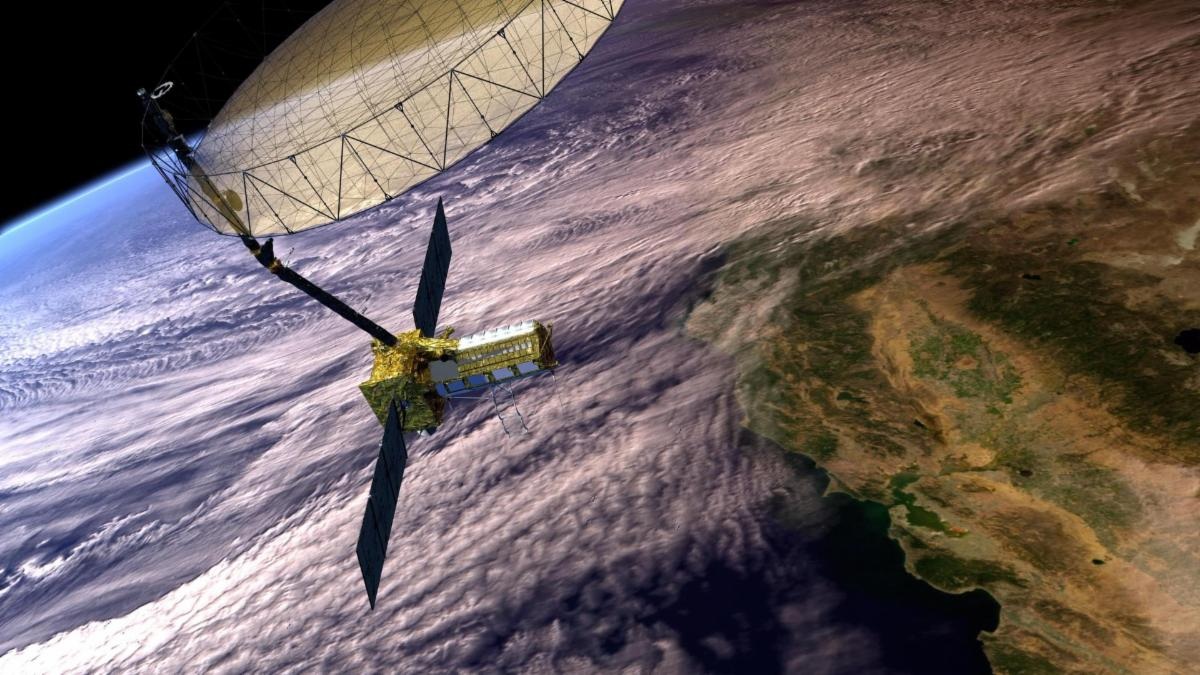Seattle, May 13, 2025 – In a landmark agreement that signals a new era in space resource utilization, the U.S. Department of Energy’s Isotope Program (DOE IP) has committed to purchasing three liters of helium-3 harvested from the Moon by 2029. The deal, announced by Seattle-based space resources company Interlune on May 7, 2025, marks the first-ever government purchase of a natural resource sourced from beyond Earth’s atmosphere, setting a precedent for future public-private partnerships in extraterrestrial mining.
Helium-3 is a stable isotope of helium that is extraordinarily scarce on Earth but relatively abundant on the lunar surface. Deposited over billions of years by solar wind and meteorite impacts, helium-3 is embedded in the Moon’s regolith-the layer of loose soil and rock covering its surface. This isotope has drawn intense interest due to its unique applications in national security, medical imaging, quantum computing, and the quest for clean fusion energy.

The isotope’s importance has grown steadily since the early 2010s when the U.S. government confronted a severe helium-3 shortage. Today, helium-3 is vital for cooling superconducting quantum computers, enabling weapons detection systems, and advancing fusion research that promises a nearly limitless, clean energy source. However, terrestrial supplies remain limited and difficult to replenish, making lunar helium-3 an attractive alternative.
Founded in 2020 by a team of former aerospace and government experts, Interlune aims to pioneer sustainable and responsible space resource harvesting. The company has developed patent-pending, energy-efficient robotic harvesters designed to extract helium-3 directly from lunar regolith. Unlike other concepts requiring massive, power-hungry equipment, Interlune’s harvester is smaller, lighter, and consumes less energy, making it more cost-effective to deploy and operate on the Moon.
In collaboration with Vermeer Corporation, an industrial and agricultural equipment manufacturer, Interlune unveiled a prototype excavator capable of processing 100 metric tons of lunar soil per hour. This machine sifts through the regolith, extracts helium-3, and redeposits the processed soil back onto the Moon’s surface in a continuous operation. Such scale is necessary given the extremely low concentration of helium-3 in lunar soil-ranging from 2.4 to 26 parts per billion-requiring vast amounts of regolith to be processed to obtain usable quantities.
The DOE IP’s purchase of three liters of lunar helium-3 is both symbolic and practical. The volume is significant enough that transporting raw lunar soil back to Earth for processing would be infeasible. Instead, Interlune must demonstrate full-scale extraction and separation operations on the Moon itself, highlighting the technological maturity and operational scale required for commercial viability.
“This inaugural purchase of lunar helium-3 from Interlune demonstrates the crucial need for a larger supply of this resource here on Earth,” said Rob Meyerson, co-founder and CEO of Interlune. “We look forward to continued collaboration with the DOE IP and other government agencies to incentivize Interlune and other companies to provide key isotopes for our nation and to create a long-term in-space economy.”
The agreement also signals governmental support for innovative approaches to securing critical materials from space, encouraging investment and development in this nascent industry.
Mining helium-3 on the Moon is fraught with technical and logistical challenges. The low concentration of the isotope means that to extract three liters, Interlune must process enough regolith to fill a large backyard swimming pool. The abrasive nature of lunar dust threatens machinery durability, while the Moon’s low gravity and harsh environment require specialized engineering solutions.
Moreover, the uneven distribution of helium-3 complicates site selection. Although permanently shadowed regions near the lunar south pole contain higher concentrations, they are difficult to access and operate in. Interlune plans to initially target more accessible equatorial regions to balance resource yield with operational feasibility.
To address these challenges, Interlune is taking a phased approach. A resource development mission slated for 2027 will test extraction technologies and measure helium-3 concentrations at prospective mining sites. By 2029, the company aims to establish a pilot plant on the lunar surface to demonstrate scalable operations and begin returning helium-3 to Earth.
While the DOE contract focuses on helium-3 delivery to Earth, Interlune envisions a broader role in the emerging in-space economy. Future plans include harvesting other lunar-derived resources to support sustained human and robotic exploration beyond Earth orbit.
The company has also secured additional funding and partnerships to advance its technologies. In 2024, Interlune received a DOE research grant to develop methods for separating helium-3 from terrestrial helium using cryogenic techniques. NASA’s TechFlights program awarded a grant to enhance lunar soil processing technologies, and the National Science Foundation granted funding to develop regolith sorting systems. These investments underscore the multi-agency support for Interlune’s pioneering work.
Alongside the DOE, Interlune recently announced Maybell Quantum Industries as its first commercial customer. Maybell plans to purchase thousands of liters of helium-3 annually starting in 2029 to meet growing demand for quantum refrigeration, a critical component for scalable quantum computing.
The dual government and commercial contracts demonstrate the expanding market for lunar helium-3 and validate Interlune’s business model. As quantum computing and fusion energy technologies advance, the demand for helium-3 is expected to surge, positioning lunar mining as a strategic industry for the coming decades.
Interlune’s historic agreement with the DOE marks a turning point in space resource development. By proving that lunar materials can be harvested and delivered for terrestrial use, the company is paving the way for a new frontier in economic activity beyond Earth.
“This agreement is a powerful endorsement of the potential for lunar resource development and the leadership role Interlune is poised to play in the in-space economy,” said Meyerson. “We are excited to lead the charge in creating sustainable, scalable access to critical isotopes and resources that benefit humanity both on Earth and in space.”
The success of this venture could redefine resource supply chains, energy production, and space exploration, ushering in an era where the Moon is not just a destination but a vital supplier of materials for Earth and beyond.





